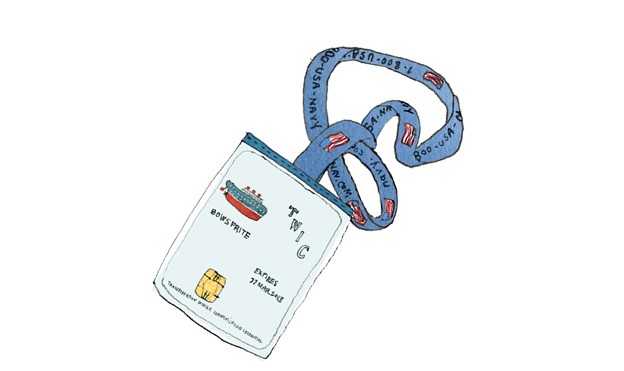 From day one the Department of Homeland Security’s TWIC program has faced opposition from mariners and security experts who have raised questions about its security features (like biometrics). Today the government accountability office has released a 64 page report targeted at the question “To what extent has DHS assessed the effectiveness of TWIC, and does the Coast Guard have effective systems in place to measure compliance?“. In addition to the report, which is critical of the TWIC program, the GOA made recommendation:
From day one the Department of Homeland Security’s TWIC program has faced opposition from mariners and security experts who have raised questions about its security features (like biometrics). Today the government accountability office has released a 64 page report targeted at the question “To what extent has DHS assessed the effectiveness of TWIC, and does the Coast Guard have effective systems in place to measure compliance?“. In addition to the report, which is critical of the TWIC program, the GOA made recommendation:
Among other things, GAO recommends that DHS assess TWIC program internal controls to identify needed corrective actions, assess TWIC’s effectiveness, and use the information to identify effective and cost-efficient methods for meeting program objectives. DHS concurred with all of the recommendations.
The report comes after undercover government investigators were able to get into major U.S. seaports — at one point driving a vehicle containing a simulated explosive — by flashing counterfeit or fraudulently obtained port “credentials” to security officials — raising serious questions about the program which, to date, has issued more than 1.6 million TWIC cards.
In addition to port entry, the undercover investigators conducted covert tests at enrollment centers and found that counterfeit documents could be used to obtain legitimate TWIC cards. Specifically, the report states, “the TWIC program’s background checking processes are not designed to routinely consider the results of controls in place for assessing whether an applicant’s identity documents are authentic.” They also found other ways for a unqualified individuals, including illegal immigrants, to acquire an authentic TWIC.
In response to the report Sen. Frank Lautenberg, D-New Jersey told CNN “This investigation raises a disturbing question: Are America’s ports actually safer now than they were a decade ago?” and said “Not only were they able to access the port facilities, but they were able to drive a vehicle with a simulated explosive into a secure area,” he said.

 Join The Club
Join The Club












